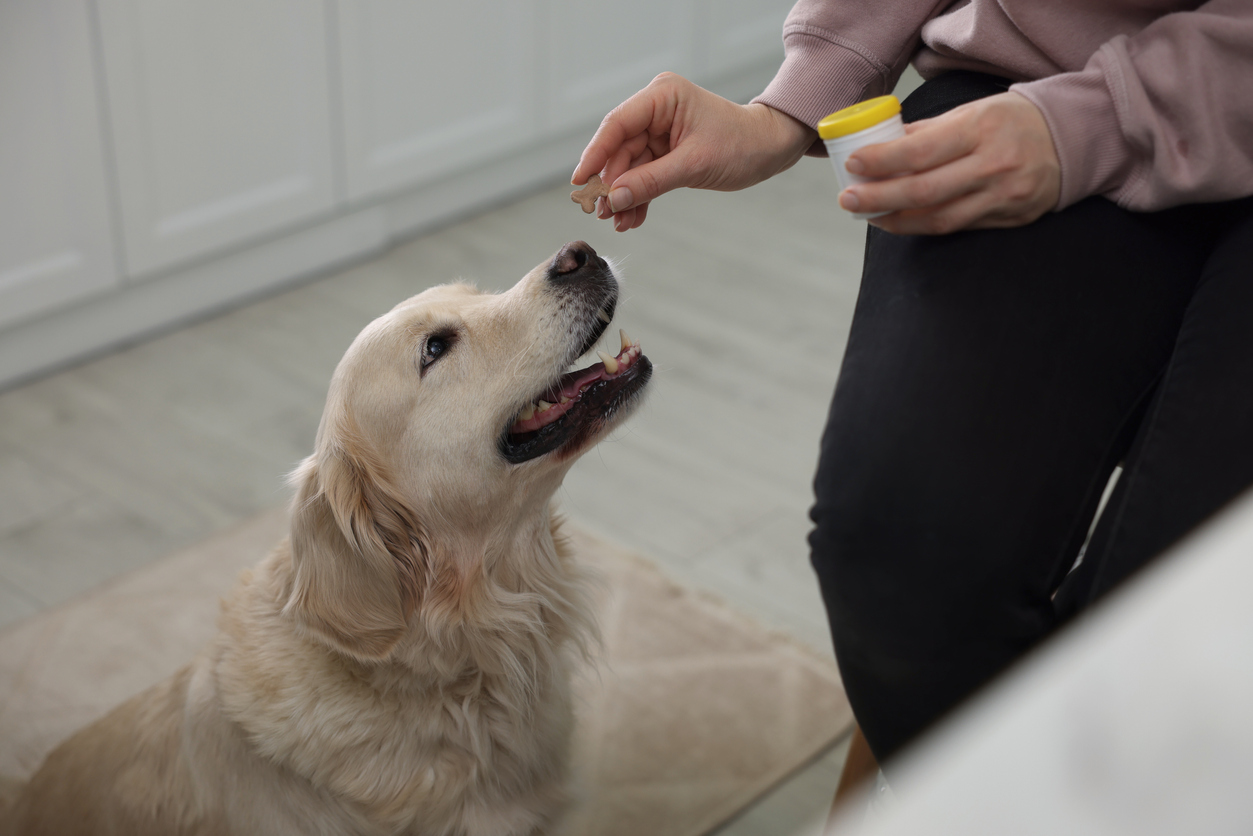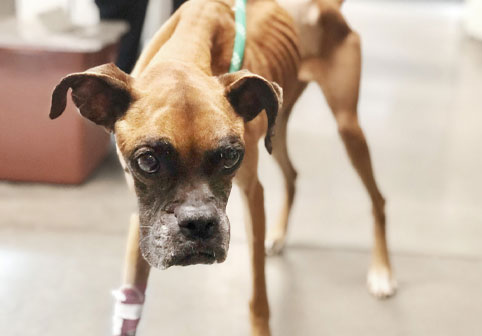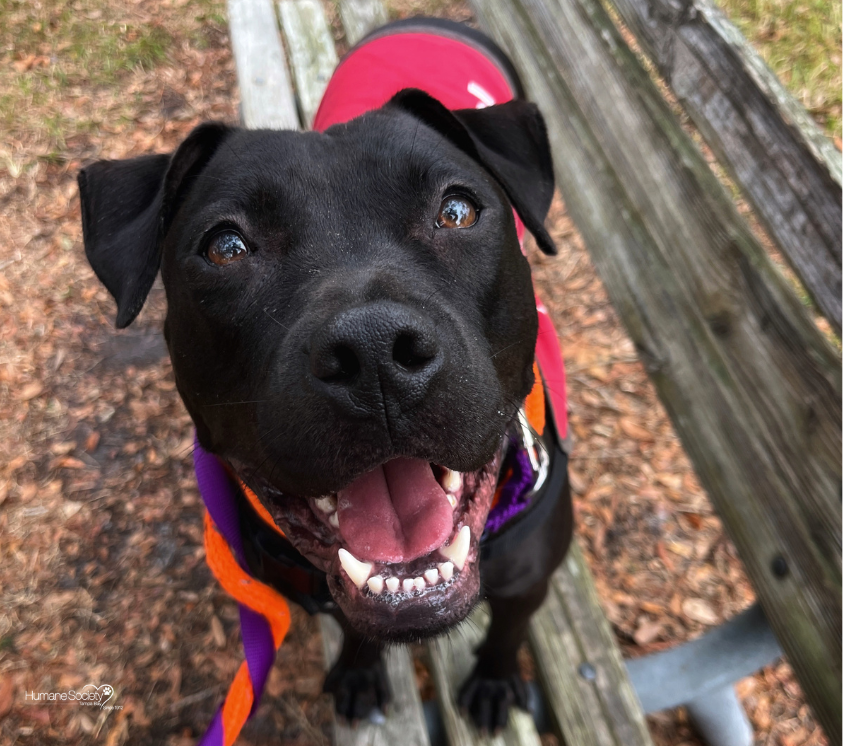
Are you ready to adopt a dog in Tampa? Congratulations! This is one of the most exciting, fun, and rewarding times in many people’s lives.
Adoptable dogs at The Humane Society of Tampa Bay are full of love and ready to meet their new families. And while this experience is one that many look forward to, it can also often come with a period of transition. It’s important for all new pet families to understand what they can expect during this transition period in order to provide the most loving and caring home possible.
Let’s dive into what the next three days, weeks, and months may look like after adopting a dog!
What is the Rule of Three?
When researching pet adoption in Tampa from The Humane Society of Tampa Bay, you may come across “The Rule of Three.” So, what is The Rule of Three, and what do you need to know when adopting a dog?
The Rule of Three is a general guideline of how long an adopted dog may take to adjust to their new home. While every dog is different and has unique backgrounds, the way they adjust to a new space, a new family, and potentially new animals will also look different.
This guideline covers three crucial stages during your dog’s adjustment period, marking the first three days, the first three weeks, and the first three months. Understanding your dog’s behaviors and feelings during this time is important in helping you best decide how to train and acclimate them to their new home.
The First Three Days

During the first three days of being in a new home, your dog will most likely feel overwhelmed. Remember, they likely spent most of their time in a vastly different environment, whether it was on the streets or in the shelter surrounded by other animals.
Some dogs may have more difficulties adjusting to a new environment and might show signs of anxiety or fear. Behaviors that you may expect to see include a lack of appetite and issues with going to the bathroom inside, even if potty-trained. This may often be due to unique smells or uncertainties. You may also expect to see your dog hiding from humans or other pets, or attempting to test boundaries, depending on their personality type.
It is important to remember that this period will not last forever, and that patience is key in making them feel safe, comfortable, and loved.
When interacting with your dog, be consistently positive and calm, and do not force interaction or play if the dog seems afraid. This can potentially heighten any stress that the dog may be feeling. You should also immediately begin routines for eating times, outdoor times, and bathroom times with clear directions to help begin setting expectations.
After Three Weeks

After three weeks is when you may start to see your dog’s true personality begin to shine. At this point, depending on training and care, they should be getting more used to the routines that you have set in place and be feeling more comfortable in their new home.
It is important to note that some dogs might still be nervous and exhibit signs of anxiety, especially if they have a history of trauma. It is important to continue practicing patience and showing your dog that you can be trusted as their forever companion.
What you can expect during this period depends entirely on the personality and history of your dog, so some families may experience their dog testing more boundaries whereas others may see a more comfortable and relaxed side to their dog.
As your new dog becomes more acclimated to their home, you should continue to be consistent in training them, working on basic commands like “sit” or “stay,” and continuing to set expectations of behavior and activity. You should also keep praising and rewarding the positive behaviors that you want to reinforce in your dog with treats, head scratches, and words of affirmation.
After Three Months

After three months, and with consistent effort and training, your dog should ideally be comfortable in their new home, bonded to you, and have a built level of trust with you and any others in the home. Get ready for more cuddles, playtime, and memories! Around this period, most dogs are now able to anticipate their routine, including mealtime and playtime, and will likely have set behaviors, habits, and personality traits.
Even as they are acclimated and comfortable in their home, it is important to still work on consistent positive-reinforcement training. Your dog may respond well to treats in moderation or affectionate cuddles.
If your dog is still experiencing anxieties or irregular behavior, more extensive training and care may be required. Our team is passionate about the life that you and your dog share, and are prepared to help during this time of transition so have provided different training options and resources on our website.
Adopting a Dog From The Humane Society of Tampa Bay
As a leading animal shelter to adopt a dog in Tampa, The Humane Society of Tampa Bay has seen countless families successfully adopt and transition into an incredible life with their dog. Our team of community volunteers and dedicated animal lovers is excited to see the journey that you and your new dog embark on!




